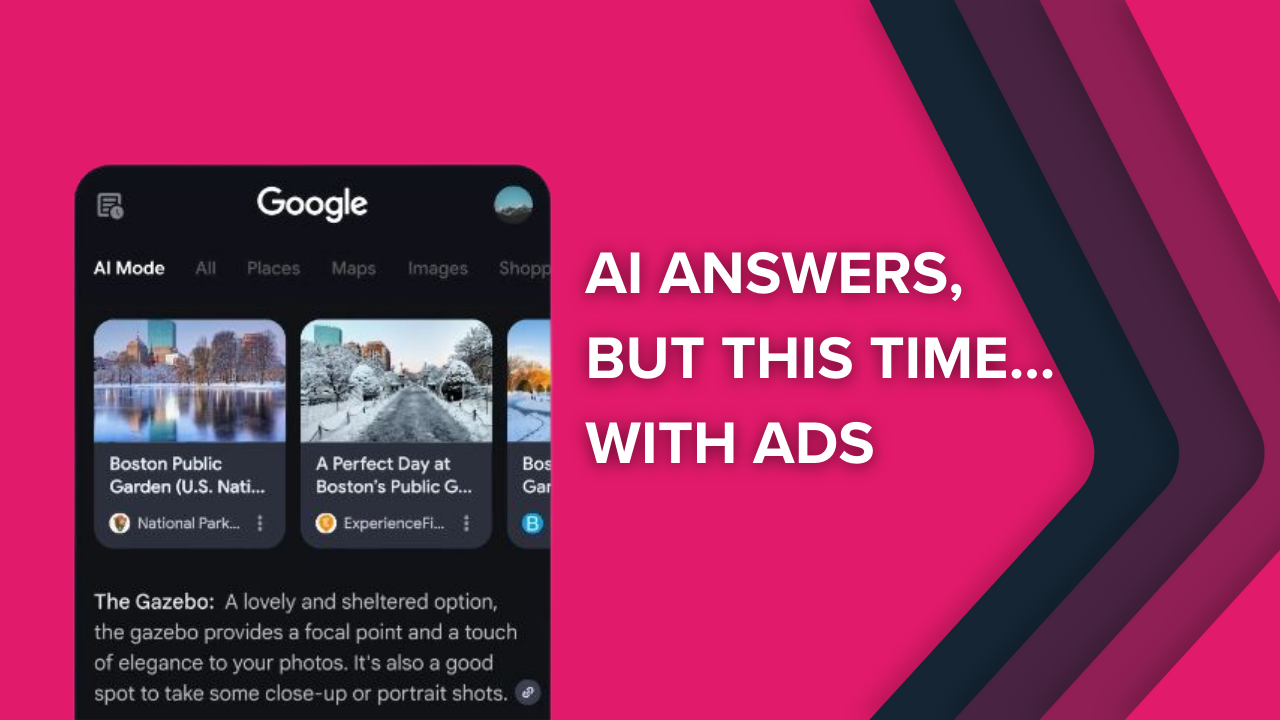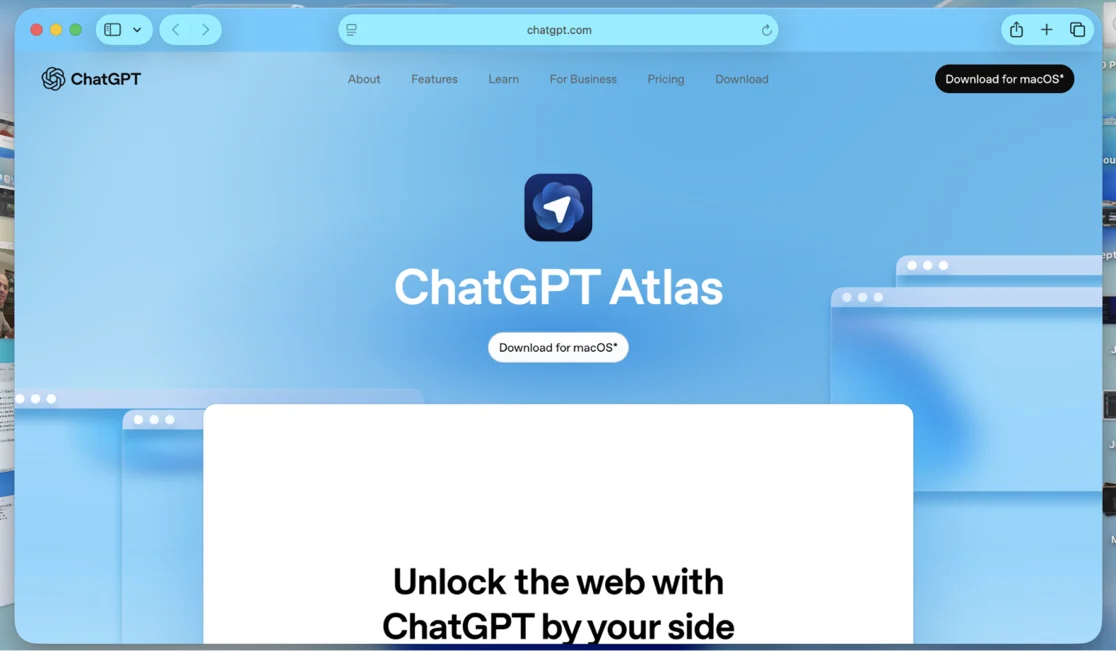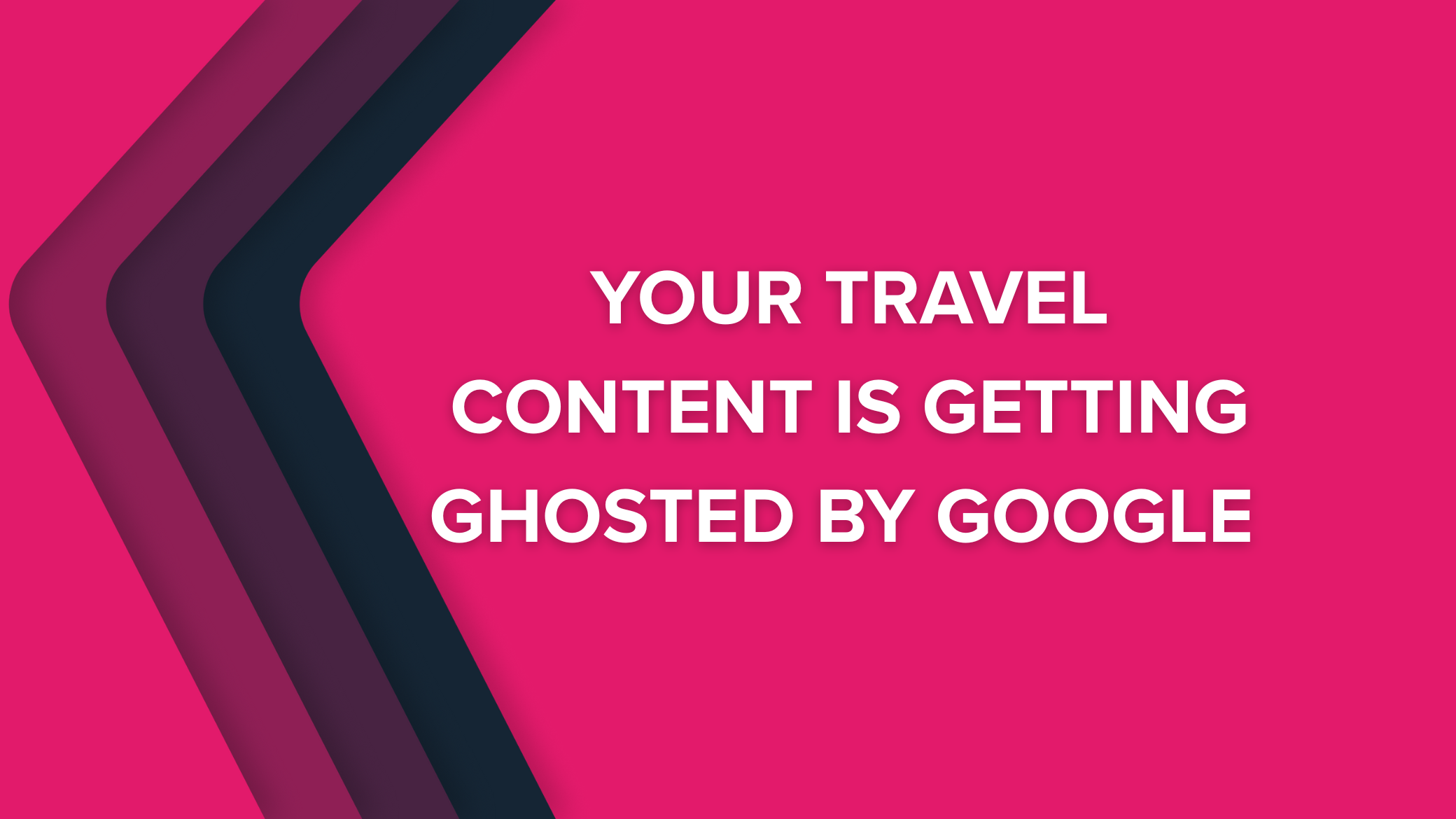From the CEO of Propellic:
I’d like to give a huge shoutout to our team, clients, partners, and friends in the travel industry for all the incredible support over the past five years.
I’m thrilled to announce that Propellic has made the Inc. 5000 list—ranking among the 100 fastest-growing marketing firms in the USA and the 50 fastest-growing companies in Austin, TX—and we’re just getting started.
Also, I was feeling particularly witty when I wrote this edition… so enjoy.
AI Answers, But This Time... With Ads
.png)
By: Brennen Bliss, CEO @ Propellic
This Is a (Really) Big Deal
Google is staring straight down the barrel of the innovator’s dilemma. They risk being disrupted if they fail to pivot the majority of their search revenue to AI surfaces.
For context, roughly 57% of Google’s $350 billion in annual revenue comes from Search Ads. To transition gracefully into the age of AI search, Google must perfect its AI Mode revenue model. If they don’t successfully monetize AI chat—and find a way to cover their cost structure—the search platform could face a slow, painful decline in the years ahead.
If they do pull off the transition, however, the implications are massive. With revenue-generating dynamics similar to traditional search, paid content on AI surfaces could flip the narrative entirely. We could see Google shift all traditional search traffic to AI Mode—a trend we’re already seeing hints of.
To put this in perspective: Google has over 3 billion monthly active users (MAUs). If they switch the default search experience to AI Mode—and every signal I see suggests they will—they would instantly become the dominant chatbot experience, soaring to 75%+ market share of LLM traffic.
ChatGPT has around 800 million monthly active users.
The Implications
Honestly, this doesn’t change much for us—we knew the shift was coming. We also knew AI Max for Search and PMAX would be Google’s route into LLM ads.
The bigger callout is the continued erosion of advertiser control within Google Ads. It’s a black box… and increasingly, that black box is surrounded by another black box. You feed in your data, Google makes targeting decisions, and—hopefully—an ROI comes out.
The takeaway: marketing is becoming a discipline of feeding accurate, reliable data (audiences, conversion data, signals, etc.) into ad platforms. Without strong signals, Google will have no idea what’s working. That’s why upgrading your data pipeline strategy—regardless of whether you have offline or online purchases—is now critical.
If Google nails this pivot, I expect Google.com to look more like ChatGPT than a list of blue links within the next 6–12 months.
So... How Do Travelers Book With AI?
.png)
By: Brennen Bliss, CEO @ Propellic
We’ve been asking the same question.
And soon, we’ll have an answer—thanks to our statistically validated research set to publish in early September. You’ll hear more as we approach the release date, but for now, I’ll say this: this is the first study of its kind in our industry, and it’s unlike anything we’ve seen before.
More to come.
Sorry... Another Section on AI Max for Search
By: Brennen Bliss, CEO @ Propellic
No, you can’t escape Google AI news if you keep reading. (If that bothers you, unsubscribe—our HubSpot account is getting expensive.)
AI Mode is the future of search, and I’m on a mission to write the playbook for reaching travelers through it.
I’m impressed with how quickly Google rolled out AI Max Experiments. This feature lets you test the same campaign with and without AI Max for Search enabled—without creating separate campaigns.
Results are still early, but so far, AI Max for Search is outperforming traditional search campaigns in many of our tests. That said, you must have strong conversion and user signals to support any automated bid strategy. Proceed with caution unless your data infrastructure is solid.
Opinion: You Should Be Building With Cursor
.png)
By: Brennen Bliss, CEO @ Propellic
I’m not a programmer—though I have a fairly technical background. At best, I could make a “Hello, World!” app in JavaScript, PHP, or Python. I couldn’t create fully functional applications… until about six months ago, when I downloaded VS Code and Cline, and started using Claude to write code with AI.
In just a few hours, I built software that automates Stripe billing functions, saving us at least $50k/year.
But last week, my mind was blown when I downloaded Cursor and paired it with Claude. Cursor is designed for any skill level—it can help complete beginners build something from scratch and supercharge experienced developers’ workflows.
Here’s what I’ve built with Cursor so far:
- Travel Industry Company Classifier – Saved an estimated 2,000 hours by filtering a list of 137,000 companies from Apollo down to the 6,000 best-fit prospects for Propellic. The tool enriched company data via API, scraped homepages, applied our ideal prospect criteria via GPT-4o, and delivered a final list.
- Employee Survey Replacement – Rebuilt our $2k/year anonymous employee survey app in about 45 minutes with $8 in API credits.
- Co-occurrence Analysis Tool – Automates topic authority analysis in LLMs, cutting work from hours to minutes.
- LLM Vectorization Tool – Chunks and vectorizes websites like an LLM does, letting us measure how well a site answers queries by comparing query and answer embeddings.
As Sam Altman said, this is the era of the “idea guy.” Before, ideas were cheap and execution was the hard part. Now, the speed and ease of execution is mind-blowing. If you’re not experimenting with AI coding tools, you might be falling behind.

Head of Marketing - Remote Global or Austin, TX
Head of AI Video - Remote Global or Austin, TX
Full-stack Web Developer - Remote Global
Senior Paid Media Strategist, Innovation & AI - Remote North America or Austin, TX
Head of AI Visibility Optimization / GEO - Remote Global or Austin, TX


Want To Level Up Your Travel Marketing?
Subscribe to the NavLog, our bi-weekly travel marketing roundup, where you’ll be the first to know about breaking news that impacts travel marketers and access exclusive performance marketing strategies and practical tips you can implement from the marketers at the leading edge of the travel industry.





.png)
